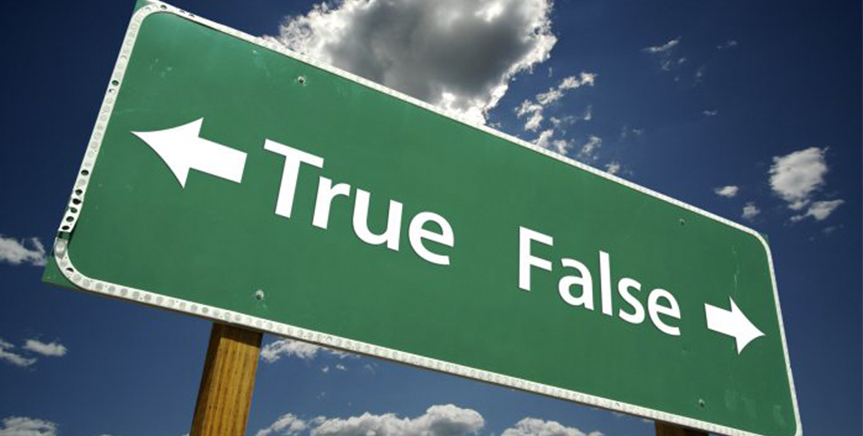Cleaning Hacks – True or False
No doubt you have heard and read many cleaning hacks and tips on how to scrub various stains, unclog the drain and remove bad smells. They all sound ingenious, but how many of them actually work? Let’s have a quick check on which of the most commonly mentioned cleaning hacks are true and which ones are false.
Vinegar is a Universal Cleaner – False
The internet is full of articles and cleanfluencers’ posts about the magical cleaning powers of vinegar. While this sour liquid can clean certain stains, it is absolutely not a universal cleaner. Chemically speaking, vinegar contains acetic acid which is one of the weak acids, weaker than the human’s stomach juice, in fact. Therefore, it cannot be completely relied upon when it comes to stubborn stains. Yes, it is much healthier and eco-friendlier than hydrochloric acid, used for cleaning toilet bowls, for example, but it is much less efficient. Also, some surfaces, like marble, hardwood and wax flooring can be seriously damaged after the application of vinegar.
Toothpaste Can Clean Crayons from the Wall – Partially True
Toothpaste is abrasive and it can remove marks from walls, such as crayon drawings. This cleaning hack is not a myth, however, it is also not completely safe. You may be able to say goodbye to accidental wall stains and children’s art, but your wall paint may go with the marks. It is almost guaranteed that the top layer of the wall colour would be erased, which will leave you with a faded spot and, in most cases, it will still force you to repaint the wall.
Water and Lemon Can Sanitise Your Microwave – True
Steam is the most natural and very effective steriliser. So, it is true that if you put a bowl of water in the microwave and run it for 5-10 minutes, it will help you clean the interior of the appliance and sanitise it. Add lemon slices in the bowl and that will neutralise any bad smells. Thumbs up for water and lemons as eco sterilisers.
Vinegar and Baking Soda Can Unclog Your Sink – False
This is probably the biggest cleaning myth that keeps on going around in various online communities. Let’s take another short chemistry lesson. Like we already established, vinegar is a mild acid and baking soda is a mild base (alkaline solution). Acids and bases neutralise each other, therefore you end up with something with a pH index of 7, which basically is drinking water. The chemical reaction you witness when mixing baking soda and vinegar is more of a fizz show than actual powerful drain unclogger. The real drain cleaners have a pH index of 14, which is 7 points stronger than drinking water and 5 points stronger than baking soda alone.
Ice Cubes Can Remove a Dent in the Carpet – True
One more hack confirmed to be true. Ice cubes can, indeed, remove dents in the carpets caused by heavy furniture. After the cube has melted, you need to brush the fibres of the carpet to make it look fluffy again. There is something you should be conscious of, though. Any wet stain on the carpet can cause mould growth, so be sure to leave the windows in the room open for some time until the carpet is completely dry.
Essential Oils in the Vacuum Cleaner can Deodorise the Room – True
This is quite a smart air freshening hack that works with most vacuum cleaners. Depending on the mood you want to set in the room, you can use different essential oil scents. For example, if you want a more energised feeling, use citrus oils. If you are after a relaxing atmosphere, go for lavender. Just a couple of drops on the vacuum filter will do the trick and your entire room will smell amazing.
Don’t forget that the only long-term deodorising solution for carpets is regular professional cleaning. Don’t let your carpet go untreated for more than 6 months if you want to keep it looking and smelling nice.
Follow us on Facebook!



